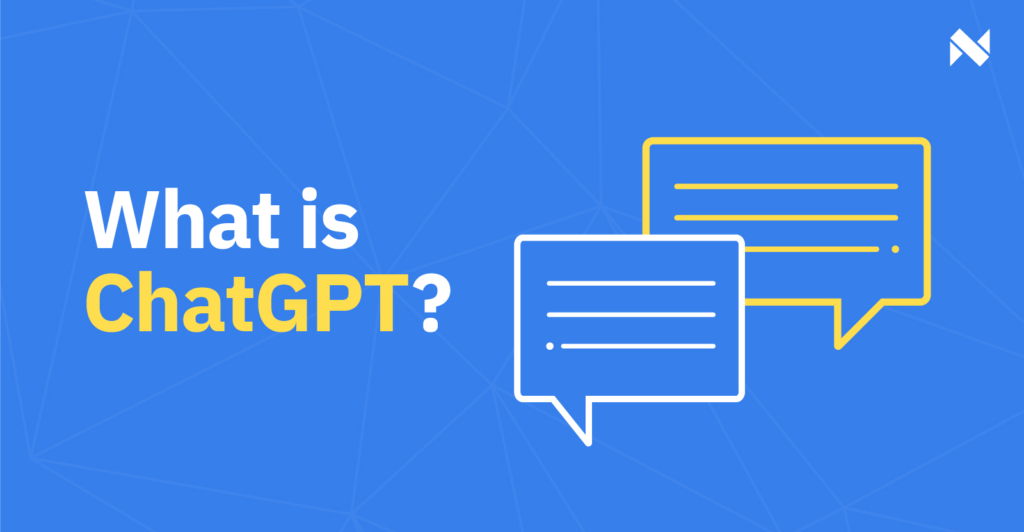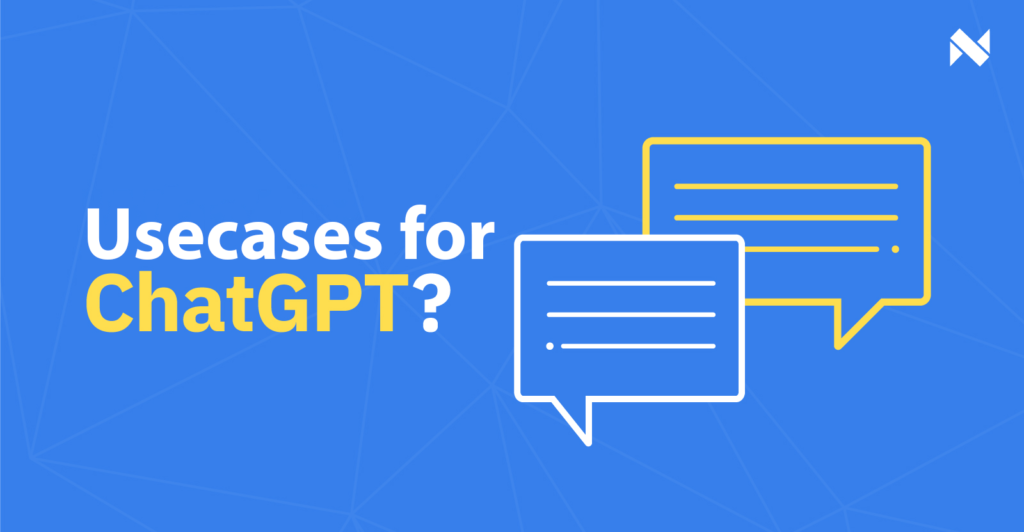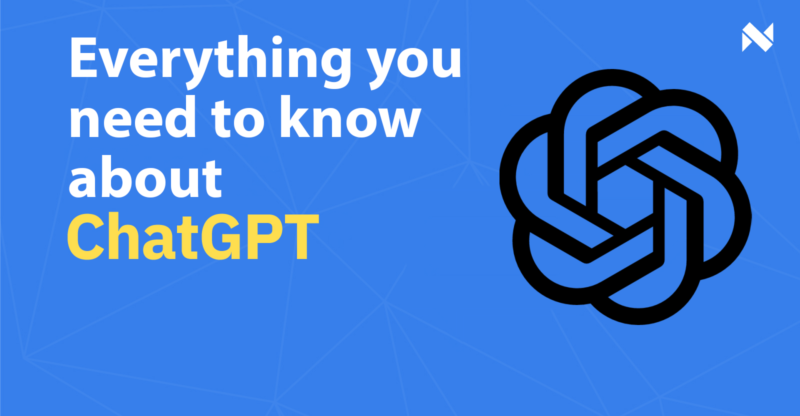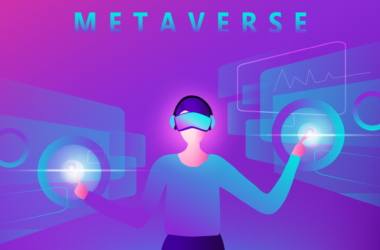In the realm of artificial intelligence (AI), few innovations have garnered as much attention as OpenAI’s language model, GPT-4, and its applications, such as the chatbot version, ChatGPT. This technology offers exciting possibilities, from simplifying business processes to generating creative content and beyond. But what exactly is ChatGPT? How do we use it, and what are its potential applications? Also, what dangers and ethical considerations should we be aware of? Let’s explore.
Read more: ChatGPT Explained: Navigating the AI Landscape Simplified!
What is ChatGPT?
ChatGPT is a conversational AI developed by OpenAI. It’s based on the GPT-4 model (Generative Pretrained Transformer 4), a massive language model trained on a diverse range of internet text. This model can generate human-like text by predicting what comes next in a conversation or text based on what it has learned during its training phase. But remember, it doesn’t understand content in the way humans do. It’s more akin to a super sophisticated text generator.

How to Use ChatGPT
Using ChatGPT can be as simple as interacting with any chatbot. Whether it’s through an API (Application Programming Interface) or an application that uses the technology, the process generally involves typing out your prompts, questions, or statements and waiting for the AI to generate a response.
For developers and businesses wanting to use ChatGPT in a more complex capacity, OpenAI provides access to ChatGPT through an API, which can be integrated into various applications, websites, and systems. Note that using the API requires coding knowledge and adherence to OpenAI’s use-case policy.

Potential Use Cases for ChatGPT
Customer Support and Services: ChatGPT can handle customer queries efficiently, helping businesses streamline their customer support. It can answer FAQs, guide users through processes, and provide quick, round-the-clock assistance.
Content Generation: Need a blog post, product description, or ad copy? ChatGPT can generate content with minimal guidance, freeing up valuable time for content creators.
Personal Assistants: AI personal assistants can handle tasks like scheduling appointments, setting reminders, and even drafting emails, helping individuals stay organized and efficient.
Education: ChatGPT can serve as an interactive tutor, providing explanations and guidance in a variety of subjects. It can also aid in language learning.
Entertainment: From generating story ideas and writing prompts to acting as players in video games, ChatGPT has diverse entertainment applications.

Dangers and Ethical Considerations
As with any powerful technology, ChatGPT is not without potential dangers and ethical considerations.
Misinformation: Given that it generates text based on its training and doesn’t understand truth or falsity, ChatGPT can generate misleading or inaccurate information.
Abuse: There’s potential for ChatGPT to be used maliciously, such as generating harmful or inappropriate content.
Dependence: Over-reliance on AI for tasks could lead to diminished human skills and increased dependence on technology.
Privacy: Conversations with ChatGPT aren’t entirely private. OpenAI retains data for 30 days and may review interactions for safety and improvement purposes.
To ensure safe and beneficial use, OpenAI has implemented safeguards, including use-case restrictions and content filtering. As users and developers, it’s crucial to understand these considerations, use the technology responsibly, and stay informed about the evolving ethical landscape of AI.
ChatGPT represents a milestone in AI, with capabilities that can greatly aid businesses, educators, creatives, and everyday users. As we continue to explore and develop this technology, it’s vital to approach it with a blend of enthusiasm, responsibility, and caution, ensuring we harness its potential while mitigating its risks.
Stay tuned to InitMag as we delve further into AI trends, offering more insights and practical advice in the fascinating world of technology.









